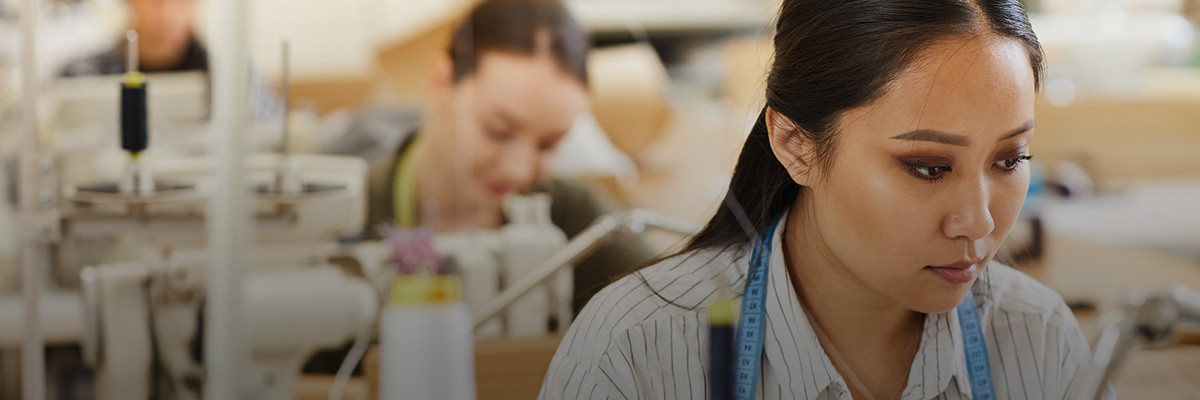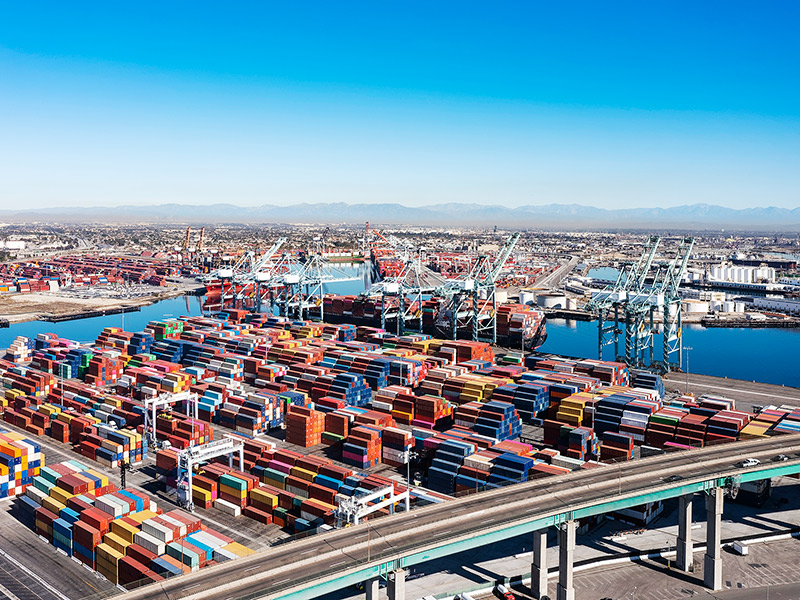
Authors
2020 is a critical year for gender equality and women’s rights. Among other major milestones, this year marks the tenth anniversary of the Women's Empowerment Principles (WEPs), a framework guiding business on how to promote gender equality and women’s empowerment in the workplace, marketplace, and community. Women are essential in global value chains: as producers, employees, business owners, and consumers. The WEPs encourage companies to assess and address gender equality across the value chain, from increasing women’s representation in leadership positions, access to education, and training opportunities to gender-smart procurement that works with suppliers to ensure safe and inclusive workplaces.
Over the past decade, 2,771 companies worldwide have become signatories to the WEPs. Companies have assessed their own practices to identify major gender gaps, designed strategies to promote more equal employment opportunities though human resources practices, policies, and objectives, and implemented workplace programs to equip women with more knowledge and resources, among other efforts.
However, despite considerable advancements, we are still decades away from achieving gender parity. The World Economic Forum’s recent Global Gender Gap Report reveals that today, women have lower workforce participation than men (55 percent compared to 78 percent), hold limited leadership positions globally (representing 36 percent of senior managers and officials, with even lower representation in higher positions), face persistent gender pay gaps, and continue to be victims of sexual harassment and violence.
Slow progress means missed financial and sustainability opportunities—gender equality plays a significant role in the fulfillment of other Sustainable Development Goals (SDGs), and achieving gender equality in the workplace could add USD$12 trillion to global economic growth by 2025.
Why do procurement and purchasing practices matter?
Advancing gender equality is transversal within companies and requires engagement from various departments to be fully realized throughout the business. Procurement holds tremendous power to promote gender equality across different profiles of women—as procurement leaders and team members, business owners, and workers of business partners and suppliers. Through employment practices as well as purchasing practices, procurement can enable more equal opportunities for women involved at the different stages of procurement.
- Promoting women in procurement leadership: Gendered stereotypes widely contribute to women participating less in certain industries and jobs and, while initiatives exist to promote women in non-traditional jobs, such programs are yet to be considered mainstream. Just 14.7 percent of Chief Procurement Officer-level respondents to the Procurement Leaders’ Procurement Salary Survey 2020 identified as female. Furthermore, Oliver Wyman’s 2019 report found that procurement leaders recognize more creative and innovative team dynamics when women are included in the team, as well as more efficiency and economic benefits.
- Procuring from women-owned businesses: Little is known about companies’ engagement with women-owned businesses. A forthcoming report analyzing the responses from over 1,000 companies who have reported against the WEPs reveals that only 4 percent of companies track the percentage spent on women-owned businesses, and 3 percent publicly report on it. Women-owned businesses still face a number of barriers as women struggle to access and fully participate in local and global value chains. Barriers include limited funding as a result of cultural and gender biases, time constraints given expectations about women’s roles as primary caregiver, and challenging business environments attributed to laws, politics, religions, and culture that negatively affect women. However, women-owned businesses represent the fastest-growing market segment in some regions, and globally, it holds the potential to strongly contribute to global economic growth and to the creation of new jobs.
- Fostering environments that empower women in the supply chain: Women represent a large proportion of workers in the supply chains but continuously encounter gendered challenges that are frequently overlooked, such as occupational segregation, more vulnerable working conditions, unequal pay, poor access to maternity rights, and limited access to training. The upcoming WEPs 2020 report finds that only 8 percent of companies have robust due diligence processes in place to assess potential negative impacts of their operations, particularly for women and girls. Furthermore, poor practices have disproportionate impacts on women. For instance, Human Rights Watch’s rights report on the apparel sector highlights the increase of sexual harassment and abuse as a result of intensified work periods. Empowering women can improve on turnover, absenteeism, and retention rates, foster more inclusive working environments, and provide more dignified working conditions.
So—what next?
As we enter this new decade that demands real action on achieving gender equality—and with the upcoming International Women’s Day #eachforequal—there are three key questions procurement teams should consider to assess how their practices are promoting (or could promote) gender equality:
- How can your practices and processes enable—or limit—the growth of women in the purchasing department? Assess whether the employment practices and culture of the organization might be unconsciously constraining women’s full participation in the team. Commit to advancing women in your team together with a clear pipeline, metrics, and accountability.
- How are you engaging with women-owned businesses? How could you contribute to increase and unlock the potential women-owned businesses hold? Set goals that encourage business relationships with women-owned businesses, e.g., through supplier diversity programs.
- How could you leverage your procurement spend and supplier relationships to promote gender equality across your supply chain and incentivize suppliers to take a stand for women’s empowerment? Raise awareness on gender equality with your suppliers. Review your supplier scorecard and social audit process to integrate a gender perspective. Conduct gender responsive due-diligence to capture specific challenges that women may be facing with your suppliers. BSR has specific and publicly available guidance (linked above) for companies to make procurement tools more gender inclusive and is well positioned to support you in this process.
Achieving gender equality is right and a human right—and it means better business and more productive supply chains. Let’s make this the decade of action where women share equally in the opportunities provided across global supply chains.
Topics
Let’s talk about how BSR can help you to transform your business and achieve your sustainability goals.








